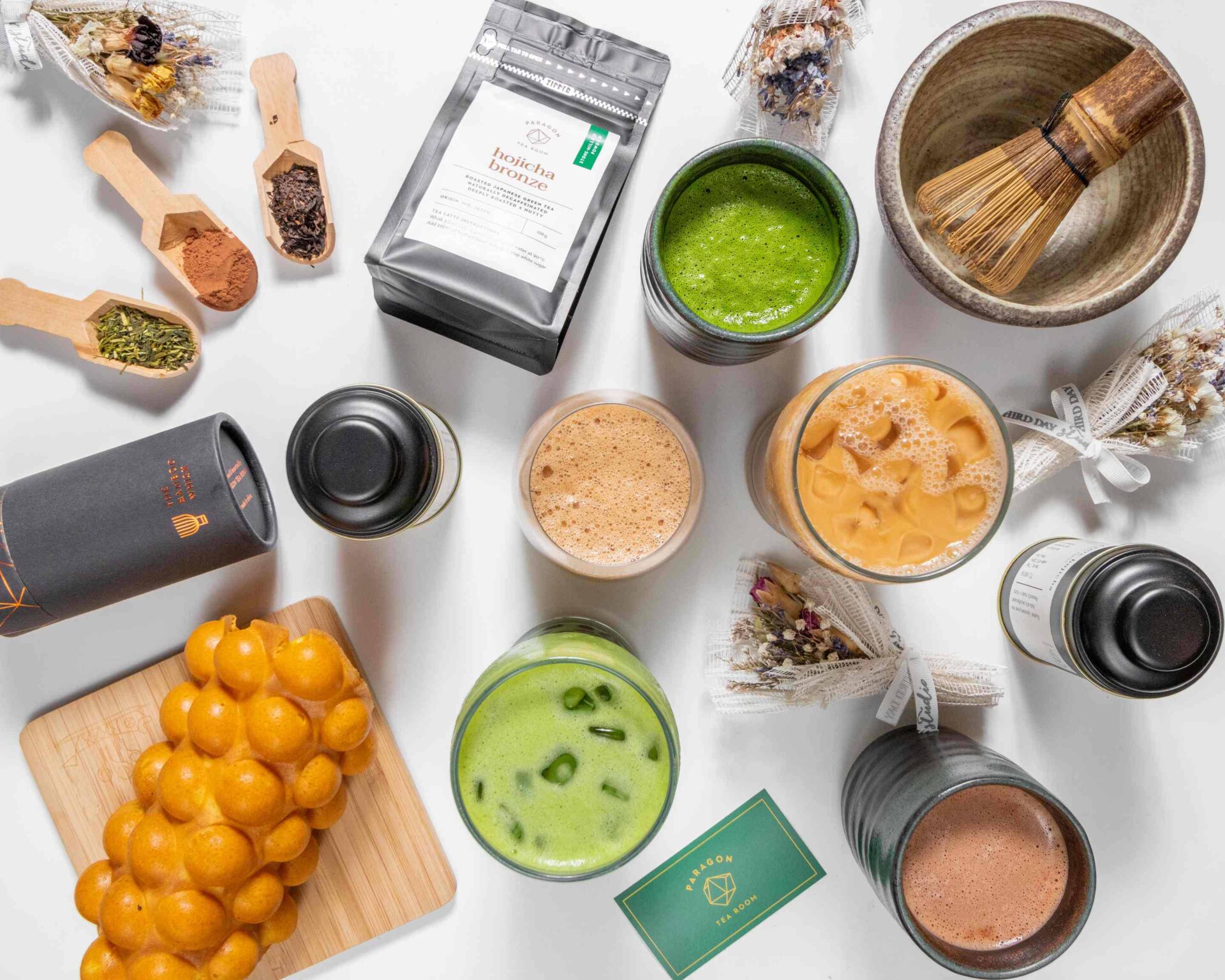The japanese tea house menu includes a variety of delectable dishes that are sure to satisfy your taste buds.
Start your meal with a delicious appetizer such as “The Edamame,” which is a classic dish made of boiled and salted soybeans. Or try “The Gyoza,” a savory dish consisting of steamed or fried dumplings filled with meat or vegetables.
For the main course, we offer “The Teriyaki Chicken,” a mouthwatering dish of grilled chicken glazed with sweet and savory teriyaki sauce. Another popular option is “The Beef Bowl,” a hearty dish of tender beef, onions, and rice cooked to perfection.
If you’re looking for a vegetarian option, try “The Vegetable Tempura,” a dish of lightly battered and fried vegetables. And for seafood lovers, we recommend “The Sushi Platter,” a colorful assortment of fresh and delicious sushi.
To complete your meal, we offer a variety of desserts such as “The Green Tea Ice Cream,” a creamy and refreshing treat made with traditional Japanese green tea. Or try “The Mochi,” a soft and chewy rice cake filled with sweet red bean paste.
We hope you enjoy your dining experience at the Japanese Tea House and look forward to serving you again soon!
What is served at a Japanese tea house?
A Japanese tea house, also known as a chashitsu, is a traditional Japanese structure designed for the tea ceremony, which is a cultural practice that emphasizes simplicity, tranquility, and respect. A typical tea house usually consists of a small room with tatami mats, low tables, and a garden view. While the design and layout of a tea house can vary, there are some common elements that can be found in most tea houses.
One of the most important aspects of a Japanese tea house is the tea ceremony itself. During the ceremony, guests are served a type of green tea called matcha, which is made from powdered tea leaves and whisked with hot water using a bamboo whisk. The tea is served in small bowls and accompanied by traditional Japanese sweets, known as wagashi, which are usually made from mochi, red bean paste, or fruit.
In addition to the tea ceremony, a Japanese tea house may also offer other traditional Japanese dishes, snacks, and beverages. For example, many tea houses serve a light meal or snack known as kaiseki, which consists of several small courses of seasonal dishes. Some common kaiseki dishes include sashimi, grilled fish, tempura, and rice.
Other popular snacks and beverages served at a Japanese tea house include:
- Senbei: A type of rice cracker that comes in various flavors and shapes.
- Dango: A type of sweet dumpling made from rice flour and served on a skewer.
- Mochi: A soft and chewy rice cake that can be filled with sweet or savory ingredients.
- Traditionally made from fermented rice, sake is a traditional Japanese alcoholic beverage.
- Shochu: A distilled Japanese spirit made from sweet potato, rice, or barley.
- Matcha Latte: A modern twist on the traditional matcha tea, made by adding steamed milk to the tea and sweetening it with sugar or honey.
Overall, a Japanese tea house offers a unique dining experience that combines tradition, culture, and simplicity. Whether you are interested in the tea ceremony or simply want to enjoy some authentic Japanese snacks and beverages, a visit to a tea house is a must-try for anyone interested in Japanese culture and cuisine.
What is in traditional Japanese tea?
Traditional Japanese tea is a type of green tea known as matcha, which is made from shade-grown tea leaves that are ground into a fine powder. Matcha is a key element of the Japanese tea ceremony, which is a cultural practice that emphasizes simplicity, tranquility, and respect.
To prepare matcha, the powdered tea is whisked with hot water using a bamboo whisk until it becomes frothy and smooth. The resulting tea has a vibrant green color and a unique flavor that is both bitter and sweet. It is served in small bowls and accompanied by traditional Japanese sweets, known as wagashi.
The health benefits of matcha are numerous, as the tea contains high levels of antioxidants, amino acids, and other beneficial nutrients. It is also believed to promote relaxation, boost metabolism, and improve mental clarity.
In addition to matcha, there are other types of traditional Japanese teas that are popular in Japan, each with its own unique flavor and preparation method. Some of the most common types of Japanese tea include:
- Green tea that is most widely consumed in Japan is Sencha, a steamed green tea. Green in color, with a grassy, vegetable flavor.
- Genmaicha: A blend of green tea and roasted brown rice that has a nutty, toasted flavor and a light yellow color.
- Hojicha: A roasted green tea that has a reddish-brown color and a smoky, caramelized flavor.
- Gyokuro: A shade-grown green tea that is rich and sweet with a smooth, delicate flavor.
- Bancha: A lower-grade green tea made from larger leaves and stems that has a mild, slightly astringent flavor.
Overall, traditional Japanese tea is a beloved and important part of Japanese culture. Its unique preparation and distinctive flavors make it a must-try for anyone interested in Japanese cuisine or tea culture.
japanese tea garden san francisco tickets
The Japanese Tea Garden in San Francisco is a popular attraction that offers visitors a peaceful and serene environment filled with traditional Japanese architecture, lush gardens, and a variety of cultural exhibits. If you’re interested in visiting the Japanese Tea Garden in San Francisco, here are some details about tickets and pricing:
Admission Fees:
- Adults: $12
- Seniors (ages 65+): $10
- Youth (ages 12-17): $10
- Children (ages 5-11): $6
- Children under 5: Free
In addition to the regular admission fees, the Japanese Tea Garden also offers guided tours for an additional fee. The guided tours are led by a trained docent and provide visitors with a deeper understanding of the garden’s history, design, and cultural significance.
Guided Tour Fees:
- Adult: $25 (includes regular admission)
- Senior: $23 (includes regular admission)
- Youth: $23 (includes regular admission)
It’s important to note that tickets to the Japanese Tea Garden are timed and must be purchased in advance online. This helps to ensure that the garden doesn’t become overcrowded and that visitors can enjoy the peaceful surroundings in a comfortable and safe manner.
The Japanese Tea Garden is open year-round, with hours that vary depending on the season. During the peak summer season, the garden is open from 9:00am to 6:00pm, while during the winter season, it is open from 9:00am to 4:45pm. The garden is closed on Mondays, except for certain holidays.
Overall, visiting the Japanese Tea Garden in San Francisco is a wonderful way to experience Japanese culture and escape the hustle and bustle of the city. With beautiful gardens, cultural exhibits, and a peaceful atmosphere, it’s no wonder that the garden is a popular attraction for both locals and visitors alike.



